This weekend in Muscat, US and Iranian diplomats held a fourth round of talks, continuing their efforts to find a way through an impasse that has bedevilled US-Iran relations since 1979. By all accounts, the negotiations so far have been a mixed bag. The overall picture remains slightly confused, particularly around the issue of uranium enrichment. Some hardliners in Tehran are getting cold feet, and old entrenched narratives on both sides of the divide are beginning to resurface as the going gets tough. Sources close to the talks have indicated that the US might agree to Iranian domestic uranium enrichment – either frozen state or limited – while, in return, Iran has shown willingness to accept a more rigorous verification process of its facilities. This is progress but of the brittle variety.
The fear is that we are entering a rather predictable grind where reality bites and success recedes into the distance. And where we are reminded that geopolitics and real estate, despite both involving human beings, words and offices, are different beasts. Steve Witkoff, a smart negotiator with impressive knowledge, is up against it. But equally, so is Araghchi, Iran’s foreign minister, and his team, who are facing a strain of street smarts not normally associated with America’s State Department. In this vein, Trump’s impending trip to the Middle East will be a cavalcade of American financial muscle and diplomatic reach, with the implicit message to Tehran that there’s a money train in the region, and Iran could well find itself on it if it plays its cards right. B-52 bombers prowling the Persian Gulf, as they have been, are sticks to the carrot.
But as has always been the case in US-Iran relations (at least since 1979), it’s the hardliners we’ve got to watch out for, on both sides. Indeed, one recent editorial in a conservative Iranian newspaper described Trump not as a person, but as “a framework based on narcissism, superiority delusions, and threat-based tactics.” And only last week, we had Khamenei endorsing chants of “Death to America” from the faithful at Tehran’s Friday Prayers, clearly indicating that for all the tacit support for the talks, Iran’s Supreme Leader is very much hedging his bets, preparing the ground for an “I told you so” moment if and when the wheels come off. The foreign ministry are doing everything they can to ensure said wheels remain attached.
In the US, domestic sentiment could well derail things, particularly if the removal of primary sanctions becomes a realistic option and US lawmakers start to wonder just how wise it is to flood the Iranian economy (by which we really mean, the IRGC) with money at a time when there remain significant points of difference. But this is, as both sides have been at pains to remind us, a start. Trust must be built.
Secretary of State Marco Rubio, perhaps unwisely, recently said that the only countries in the world that enrich uranium were those in possession of nuclear weapons. Cue polite head scratching in capitals of nations with civilian nuclear power. Witkoff’s position in the talks, which perhaps explains Rubio’s slip, is that Iran shouldn’t be permitted to enrich uranium domestically (although rather confusingly, we’ve also had J.D. Vance suggest in parallel that domestic uranium enrichment might be permissible). Behrouz Kamalvandi, deputy head of Iran’s Atomic Energy Organization, replied to Marco Rubio in the following terms, “Belgium, the Netherlands, South Korea, Japan, Argentina, and Germany do not have nuclear weapons, but they are enriching.” What Mr. Kamalvandi failed to note, however, was that Iran’s troublingly high levels of uranium enrichment suggest they are not in it for the electricity alone. Cue more head scratching.
But perhaps Rubio and Witkoff and Kamalvandi are all missing the point here. For this isn’t simply about the levels to which uranium should be enriched for a civil nuclear program. And neither is this solely about centrifuges and underground facilities. It’s about conflict, threat perception, a clash of world views and two countries (three if you include Israel) who have been engaged in a shadow conflict for over 45 years. Iran and the US are and have been adversaries since 1979, or 1953 if you count the CIA coup to remove President Mosaddeq. There are some very good reasons the US doesn’t mind that Belgium or Germany has a civilian nuclear program which enriches uranium (or buys it): they are not in a state of perma-crisis with each other; they haven’t been killing each other’s service personnel for the past 20 years or more. We would do well to see these talks with the long lens of history, and for what they really are; a possible first step towards something more peaceful for the region. As outlandish as that may sound.
The phrase “the Libya Option’”has been very much on Iranian politicians’ lips of late. And here they are referring the deal struck by Tony Blair with Libyan dictator Colonel Gaddafi in 2003 whereby Gaddafi completely abandoned his nuclear and chemical weapons programs in exchange for western support, assurance and money. At the time, Tehran was horrified, privately messaging Gaddafi that he’d made a stunning mistake, opening himself up to being toppled from the skies by western airpower. Gaddafi scoffed; Tehran was proved right. And this goes to the heart of these talks; Iran feels vulnerable, and it fears the removal of nuclear power, and the leverage this brings with it. This fear is even more acute in a post-proxy world where Hamas and Hezbollah appear spent forces (for the time being). For all the Islamic Republic’s bluster, we should do well to remember that as a revolutionary state built on and informed by some very ripe anti-imperial and anti-colonialist rhetoric, it fears coups and revolutions and wars more than we might think. Watching Gaddafi cowering in a ditch hit home in Tehran; a world in which the Islamic Republic is unable to enrich uranium is a frightening prospect for Khamenei and his clique.
Conflicts end when one side is no longer able to fight, or when the drivers of conflict have been addressed in a substantive way that renders continued fighting pointless. For Iran and the US, it would have to be the latter. Fundamentally these talks could be the start point for a world in which the US and Iran mend bridges, provided they are able to move beyond the devilish details and towards the bigger picture: peace and prosperity. Anyone who thinks this is impossible should remember that only a few weeks ago the Saudi Arabian Defense Minister, Khaled bin Salman (brother to Crown Prince Mohammed bin Salman) made a highly symbolic trip to Tehran to meet with Ali Khamenei, ostensibly to send a signal to Israel and the US that Riyadh desires a successful outcome to talks, and a region in which powers solve their differences through diplomacy and not conflict.



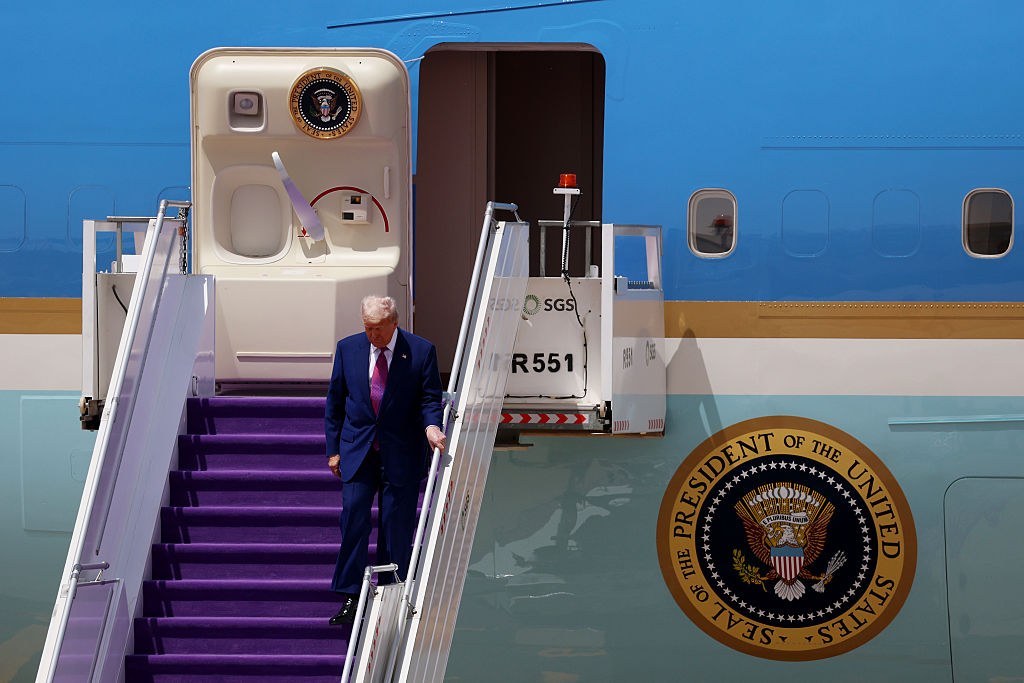






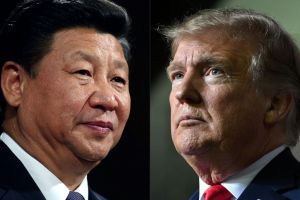
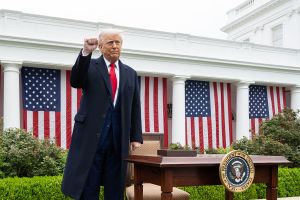
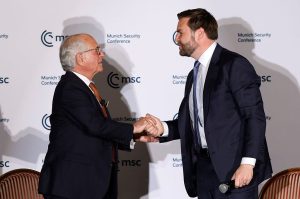
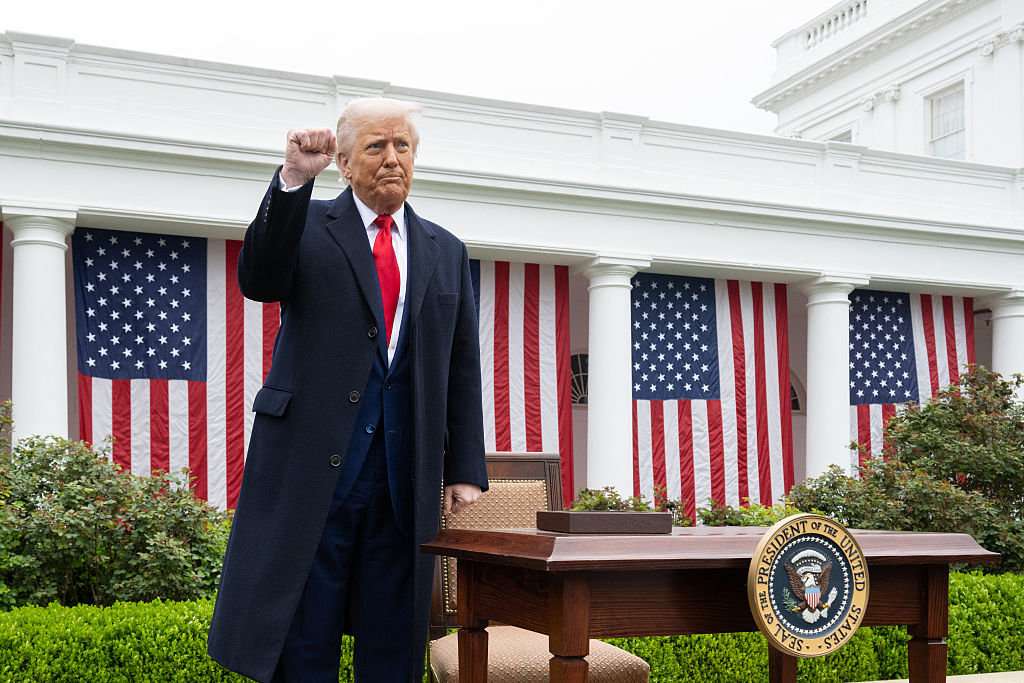
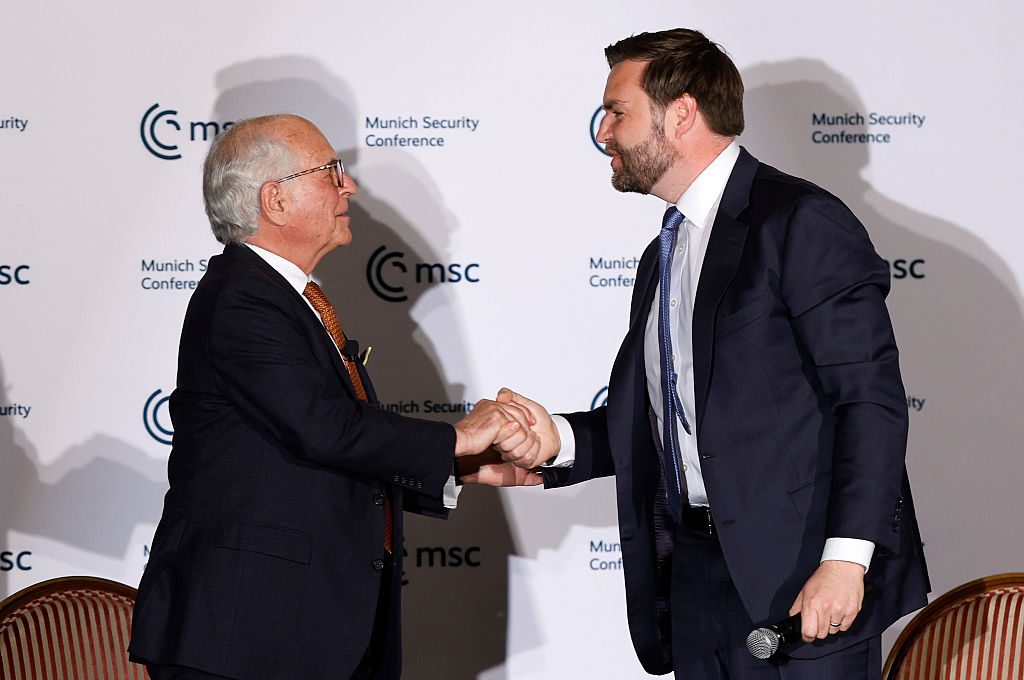


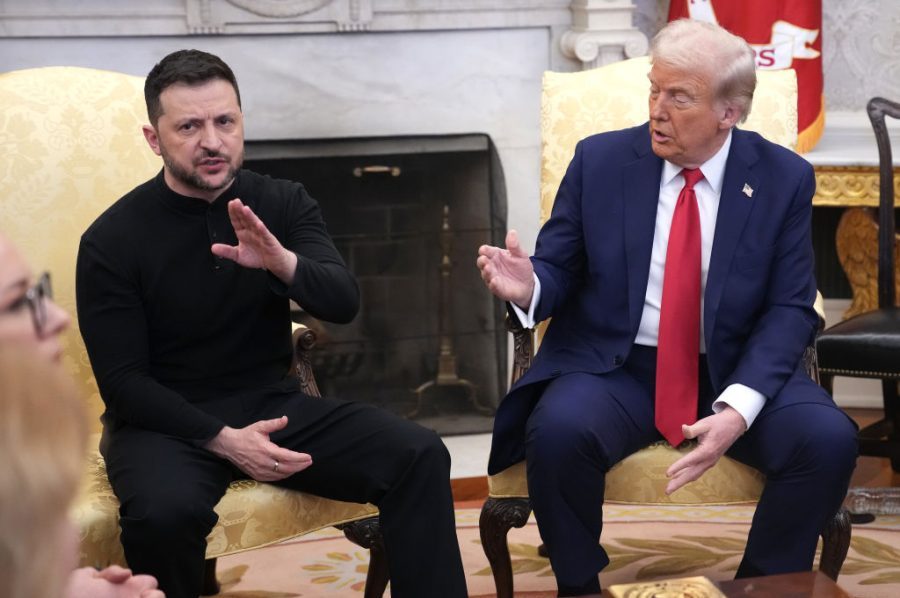








Leave a Reply